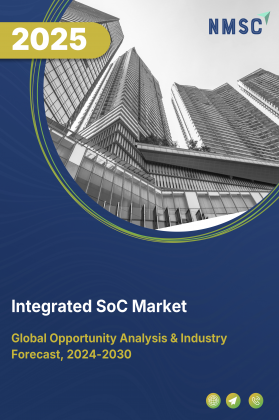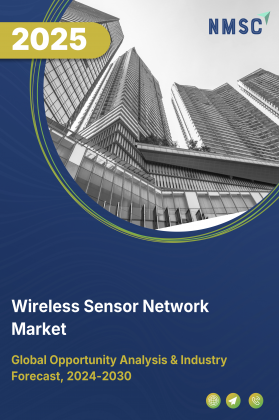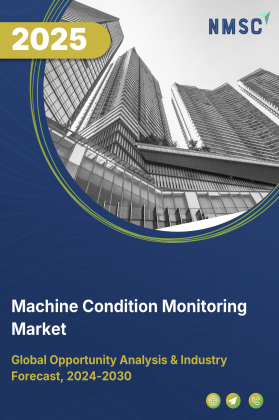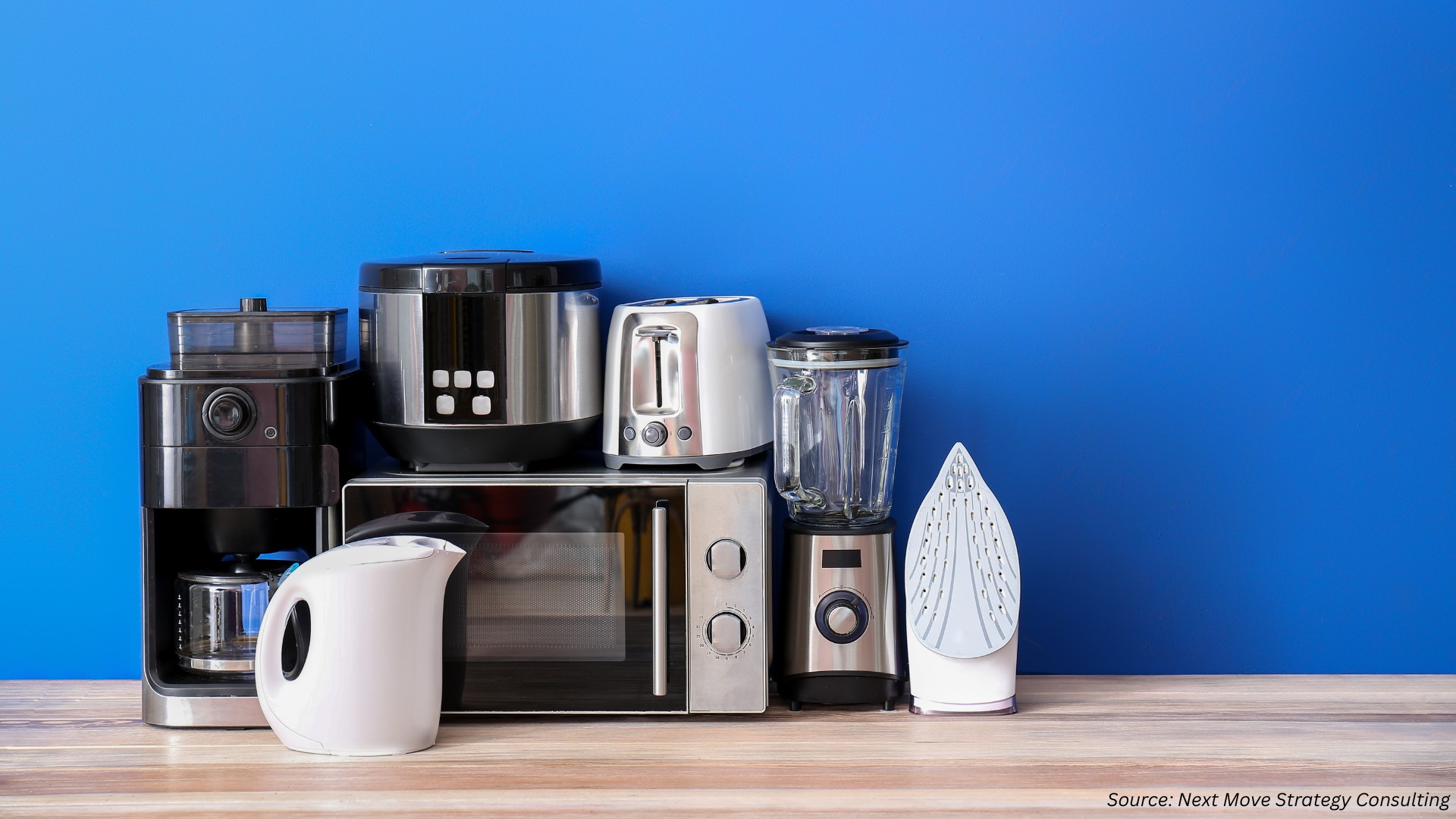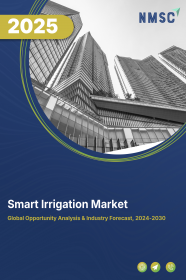
Smart Irrigation Market by System Type (Climate Based and Sensor Based), by Component (Controllers, Fertigation Sensors, Soil Moisture Sensors, Temperature Sensors, Water Flow Meters, and Others), and by Application (Agricultural and Non-Agricultural) – Global Opportunity Analysis and Industry Forecast 2023-2030
Market Definition:
The global Smart Irrigation Market size was valued at USD 1.69 billion in 2022 and is predicted to reach USD 4.81 billion by 2030 with a CAGR of 16.1% from 2023-2030. Smart irrigation refers to the use of advanced technologies and data analytics to optimize and automate the irrigation process. It involves the integration of sensors, weather data, soil moisture sensors, and other intelligent devices to monitor and manage water usage in a more efficient and precise manner.
The goal of smart irrigation is to reduce water waste and promote sustainable agriculture by providing crops with the right amount of water they need. It helps farmers and gardeners to adjust watering schedules based on weather patterns, soil moisture, and plant needs.
Market Dynamics and Trends
The increasing demand for smart irrigation systems, driven by extreme weather conditions and the need to efficiently utilize limited water resources globally, are expected to contribute to the significant growth of the smart irrigation market. The smart irrigation systems enable farmers and irrigation specialists to optimize water use efficiency, reduce water waste, and promote sustainable agriculture.
Also, the increasing prevalence of smartphones equipped with numerous agriculture-focused applications such as Farm Futures Mobile and PureSense Irrigation Manager to remotely monitor their agricultural fields is propelling the growth of the smart irrigation market. These applications provide farmers with real-time information on soil moisture content, changing temperature, and other farming-related data, enabling them to make better decisions regarding irrigation scheduling and optimizing water usage.
Moreover, the increasing adoption of advanced technologies such as automation, the Internet of Things (IoT), and sensory systems that are used in smart irrigation systems to optimize irrigation schedules is accelerating the growth of the smart irrigation market. Advancements in technology are allowing farmers to use water more efficiently and minimize water usage by providing real-time data on soil moisture levels, weather patterns, and crop health. The sensory systems also help farmers to better understand their crops and conserve resources, while enabling them to track land conditions more effectively.
However, the high installation cost and lack of technical knowledge & skills among farmers to manage as well as operate the smart irrigation systems are the factors that restrains the growth of the market. On the contrary, the integration of Artificial Intelligence (AI) in smart irrigation is expected to create ample growth opportunities for the market in the future. With the help of AI, smart irrigation systems can analyze vast amounts of data, including weather forecasts, soil moisture levels, and plant characteristics to make precise irrigation decisions enabling real-time adjustments to watering schedules, optimizing water distribution based on actual conditions.
Market Segmentations and Scope of the Study
The smart irrigation market share is segmented on the basis of system type, component, application, and region. On the basis of system type, the market is classified into climate based and sensor based. On the basis of component, the market is divided into controllers, fertigation sensors, soil moisture sensors, temperature sensors, water flow meters, and others.
On the basis of application, the market is categorized into agricultural and non-agricultural. Agricultural segment is further categorized into greenhouses and open-fields. Whereas, non-agricultural segment is further divided into residential, turf & landscape, golf courses, and others. Regional breakdown and analysis of each of the aforesaid segments includes regions comprising of North America, Europe, Asia-Pacific, and RoW.
Geographical Analysis
North America holds the largest share of the smart irrigation market at present and is expected to continue its dominance during the forecast period. This is attributed to increased irrigation support by various government initiatives to produce high-value crops that help to strengthen the smart irrigation market in this region. For instance, in June 2021, the Government of Saskatchewan, Canada announced a change in the Irrigation Development Program that allowed producers to access up to USD 500,000 per applicant to finance irrigation infrastructure. This funding enabled a significant boost to the development of irrigation projects, enabling producers to implement advanced technologies and data analytics to optimize & automate their irrigation processes.
Also, the regional key players of smart irrigation market including The Toro Company, Hunter Industries, HydroPoint, and Rachio are extensively engaged in coming up with new products that ultimately thrives the market growth in this region. For instance, in February 2022, Toro launched Tempus Automation system for agriculture irrigation. This system features 4G, Wi-Fi, LoRa and Bluetooth technology that enables easy installation and maintain irrigation systems effortlessly to grow better crops.
On the other hand, Asia-Pacific is expected to show a steady rise in the smart irrigation market due to various government investments and subsidies to support the agricultural sector's market growth in this region. For instance, in November 2022, China implemented a sustainable model for water-saving irrigation through a public-private partnership project in Yuanmou County in Yunnan province. The project built an integrated distribution network to enhance water supply and utilization for irrigation in the region. The project covers four towns in the county, benefiting 13,300 households and 126,300 people. The project aims to improve water use efficiency, save irrigation costs, increase productivity and farmers' income, and reduce farmers' water costs.
Moreover, the increasing agricultural production in countries such as China, India, and Indonesia, driven by population growth and urbanization, is propelling the growth of the smart irrigation market. According to the National Bureau of Statistics (NBS), China's grain production in 2022 reached 686.53 billion kilograms, representing a 0.5% growth compared to the previous year.
Competitive Landscape
The smart irrigation market trends comprises of leading players including The Toro Company, Netafim UK, Hunter Industries Inc., Rachio, Smart Hydro Power, Heliotics s.r.o, Senzagro Pvt Ltd, IRRIOT, Agrow Analytics, Rain Bird Corporation, HydroPoint Data Systems Inc., Banyan Water, Inc., Rain Machine, Hydro-Rain (Husqvarna Group), Galcon Ltd., and others. These market players are adopting various strategies such as partnerships and product launches across countries to maintain their dominance in the smart irrigation market.
For instance, in March 2022, HydroPoint partnered with Aliaxis aimed at advancing smart water management. This partnership aimed to join forces in the field of smart irrigation systems and leak & flow monitoring services for the building industry.
Also, in August 2021, Netafim launched Portable Drip Kit, which is a complete irrigation solution that is easy to install and available at an affordable price. This new kit is designed for small farmers with farmland up to one acre that provides installation assistance without additional labor and is suitable for all types of rabi and kharif crops.
Key Benefits
-
The report provides a quantitative analysis and estimations of the smart irrigation market from 2023 to 2030, which assists in identifying the prevailing market opportunities.
-
The study comprises a deep-dive analysis of the smart irrigation industry, including the current and future trends to depict prevalent investment pockets in the market.
-
Information related to key drivers, restraints, and opportunities and their impact on the smart irrigation market is provided in the report.
-
Competitive analysis of the players, along with their market share is provided in the report.
-
SWOT analysis and the Porter's Five Forces model is elaborated on in the study.
-
Value chain analysis in the market study provides a clear picture of roles of stakeholders.
Smart Irrigation Market Key Segments
By Component
-
Hardware
-
Controllers
-
Sensors
-
Valves and Emitters
-
Others
-
-
Software
-
Cloud-based Platform
-
Analytics Tools
-
By System Type
-
Weather-Based Smart Irrigation Systems
-
Sensor-Based Smart Irrigation Systems:
-
Hybrid Systems
By Technology
-
IoT (Internet of Things):
-
Artificial Intelligence (AI)
-
Big Data & Analytics
By Application
-
Agricultural
-
Greenhouses
-
Open Fields
-
-
Non-Agricultural
-
Residential
-
Sports Turf
-
Commercial
-
Others
-
By Region
-
North America
-
U.S
-
Canada
-
Mexico
-
-
Europe
-
UK
-
Germany
-
France
-
Italy
-
Spain
-
Denmark
-
Netherlands
-
Finland
-
Sweden
-
Norway
-
Russia
-
Rest of Europe
-
-
Asia-Pacific
-
China
-
Japan
-
India
-
South Korea
-
Australia
-
Indonesia
-
Singapore
-
Taiwan
-
Thailand
-
Rest of Asia-Pacific
-
-
RoW
-
Latin America
-
Middle East
-
Africa
-
-
Key Players
-
The Toro Company
-
Netafim UK
-
Hunter Industries Inc.
-
Rachio
-
Smart Hydro Power
-
Heliotics s.r.o
-
Senzagro Pvt Ltd
-
IRRIOT
-
Agrow Analytics
-
Rain Bird Corporation
-
HydroPoint Data Systems Inc.
-
Banyan Water, Inc.
-
Rain Machine
-
Hydro-Rain (Husqvarna Group)
-
Galcon Ltd.
- REPORT SCOPE AND SEGMENTATION:
|
|
|
|
|
|
|
|
|
|
|
|
|
|
|
|
|
|
|
|
|
|
|
|
|
|
|
|




















 Speak to Our Analyst
Speak to Our Analyst



